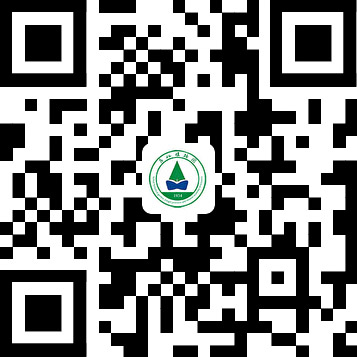Germination Kinetics and Chlorophyll Fluorescence Imaging Allow for Early Detection of Alkalinity Stress in Rhododendron Species
| 论文作者 | Shusheng Wang*, Leen Leus, Peter Lootens, Johan Van Huylenbroeck and Marie-Christine Van Labeke* |
| 刊物 | horticulturea |
| 标识符 | 10.3390/horticulturae8090823 |
| 摘要 | Rhododendron species are typical calcifuges that do not grow well in calcareous soils characterized by alkaline pH and high concentrations of Ca2+. In this study, we investigated the effects of three pH levels and a Ca2+ treatment on the in vitro germination and seedling growth of three Rhododendron species: R. chihsinianum, R. fortunei, and R. vernicosum. Alkaline pH had no significant effect on germination parameters (gMAX, mean germination time and germination uniformity) but significantly increased abnormal leaf development (AL) and mortality in all three species. Adding extra Ca2+ reduced the mean germination time for R. vernicosum. The negative influence of alkaline pH on seedlings was already visible on the second day of treatment as measured by chlorophyll fluorescence imaging parameters (Fv/Fm and ΦPSII) on R. fortunei. Extra Ca2+ alleviated the negative effect of alkaline pH and increased Fv/Fm 41 days after seed germination in R. fortunei and R.chihsinianum and reduced mortality for all three species. In conclusion, alkaline pH mainly influenced seedling development and growth but not the germination process itself. Chlorophyll fluorescence imaging can be an efficient way to perform high-throughput in vitro screening of Rhododendron seedlings for alkalinity tolerance. |




